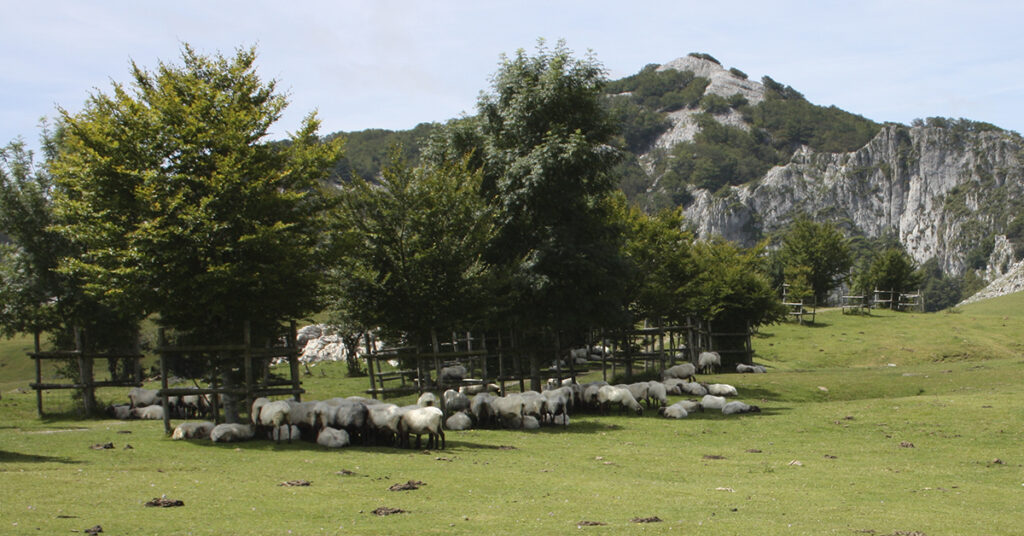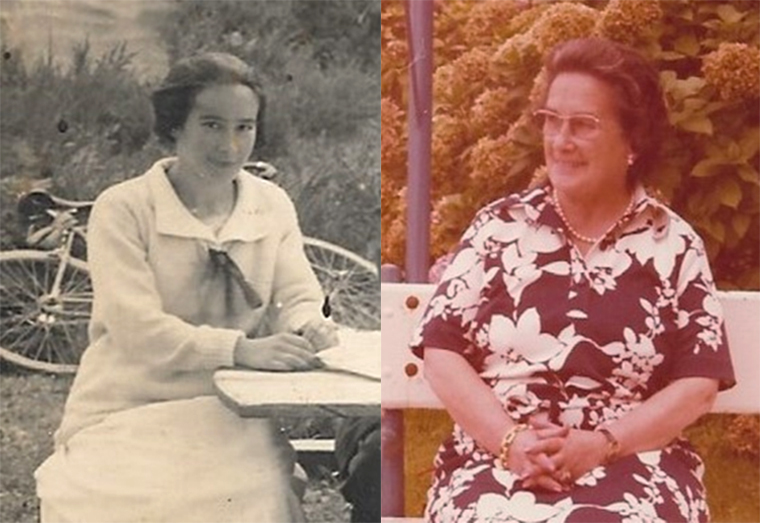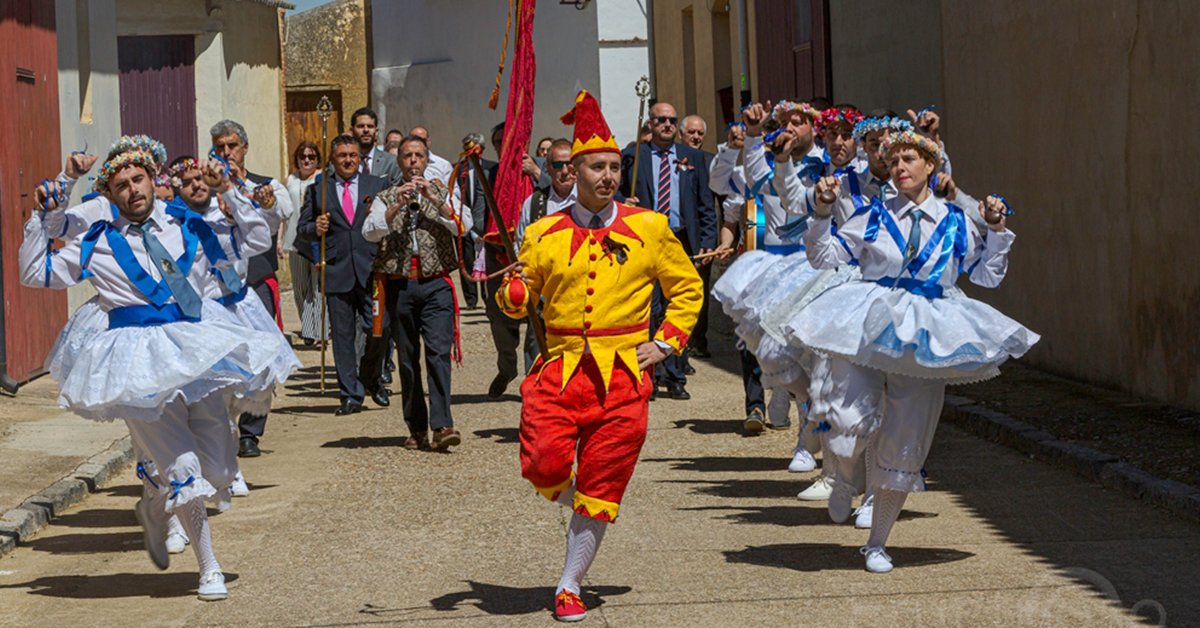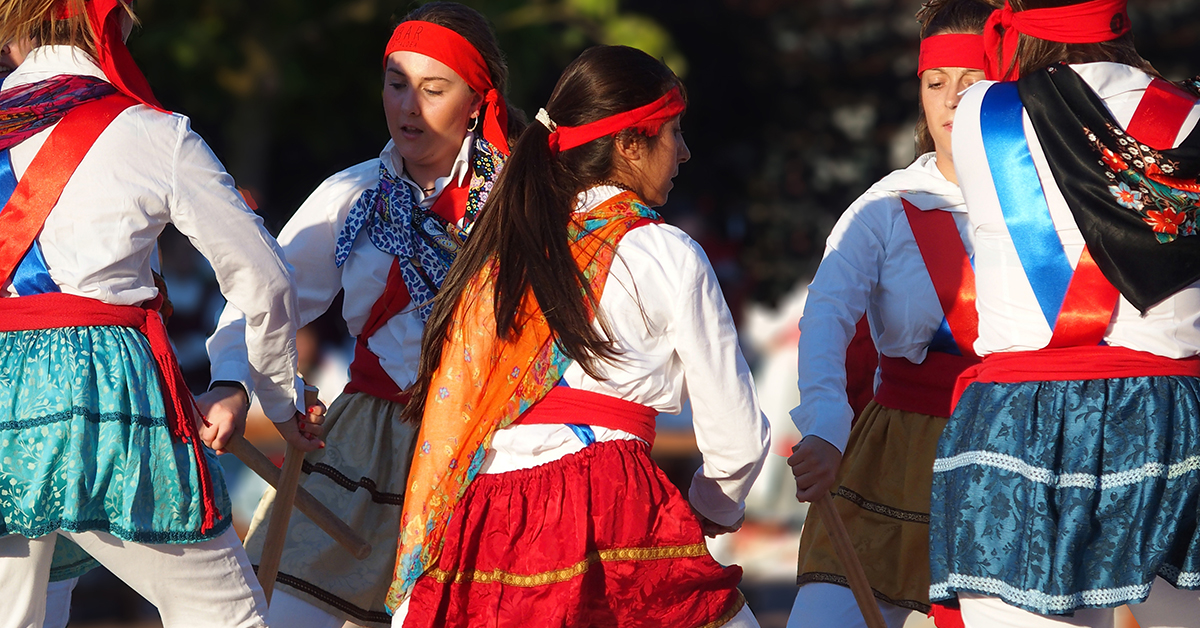Archives
7 amazing words
In any language we can find incredible words, because the words themselves are original, expressive, changing, capricious… and among those oral flowers there are of many ages, sizes, appearance, colors and meanings. How can we not be amazed, thus, contemplating some of those wonderful pieces that yesterday and today in different places human intelligence and creativity have been produced! Nowadays it has become fashionable to show emblematic words from different languages on social networks, for people’s enjoyment. The idea is really good. But in these reels or short videos, false or invented etymologies are often given, due to the obsession with dazzling people. That is not our intention. Here we will present seven words or expressions from Basque, which have some particularity that makes them special. We use some of them naturally in our daily live, sometimes without paying attention to their intrinsic value or their beauty. Others we use less frequently, despite knowing them. And some of them may even be on the verge of extinction, having been displaced from use by new words and/or alterations in their meaning. In any case, all of them are part of our language and we are not going to give them up! On the contrary. It is a real pleasure to be able to display them on the counter, so that, on the one hand, we realize their value, and on the other, we feel encouraged to use them in the future.
On 14 March, the book that the author Jule Gabilondo Maite wrote in Saint-Jean-de-Luz (Labourd) between 1937 and 1938 was presented in the cultural centre in the Torrebillela tower house (Mungia).
Jule Gabilondo Arruza-Zabala was born in Mungia on 29 January 1902. Her father, Juan Gabilondo Azurmendi, a doctor, was from Zegama (Gipuzkoa) and her mother, Leonor Arruza-Zabala Etxaburu, from Gueñes (Bizkaia). Her maternal grandfather, Raimundo Arruza-Zabala, was born in Mungia, but married in the town of Gueñes and returned to his birthplace with his family several years later. (more…)
When we think of intangible cultural heritage (ICH) – and, above all, when we try to explain exactly what it means – we tend to resort to its more spectacular or iconic expressions: festivities, commemorative and traditional representations, music, bertsolarismo [improvised poetry in Basque], dance, sport, crafts…
We are now adding the gender value to the intangible variable associated to that cultural heritage (even though it can and is usually based on tangible elements).
(more…)
Dance and creative movement are universal forms of communication and self-expression (language through motion), generally associated with music or rhythm, their creation, preservation and execution having fallen on different social layers throughout history.
Basque ‘traditional’ dance, as we know it, is the result of a process of survival over time, with its ups and downs, and more interruptions, in its performance, than we might think of. Its contours should therefore not fool us into defending a supposed past longevity and authenticity which would force us to travel back to the ‘night of time’. (more…)








